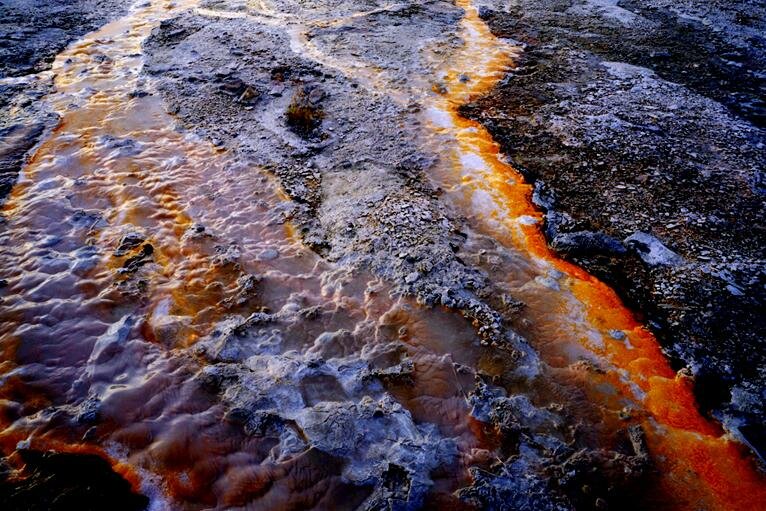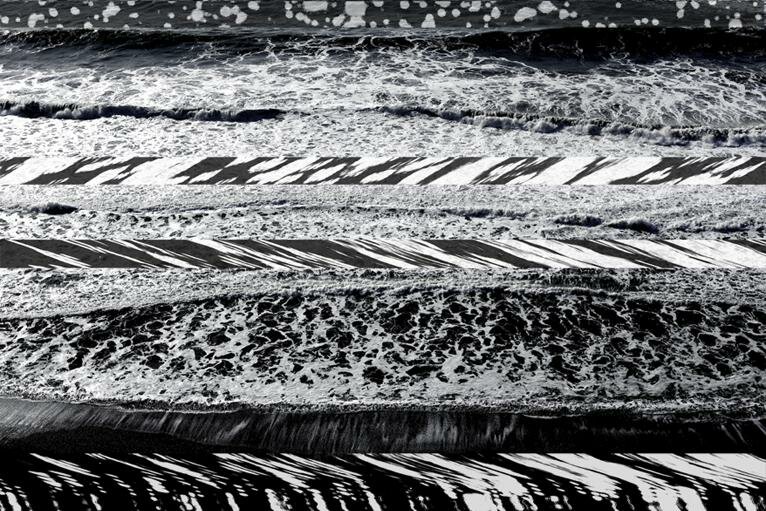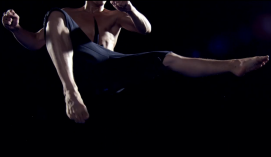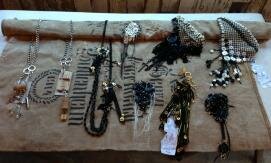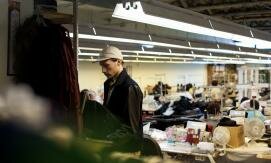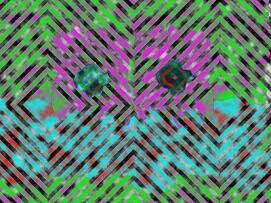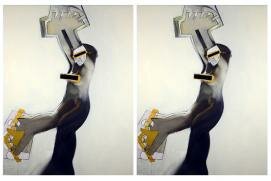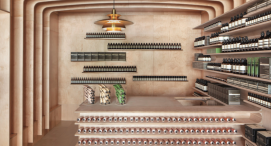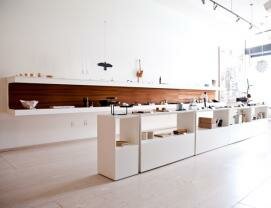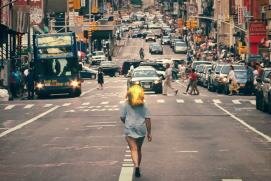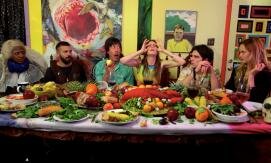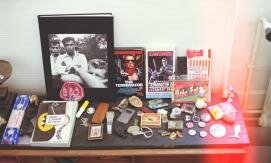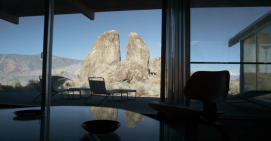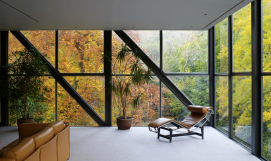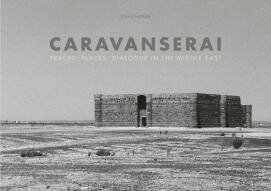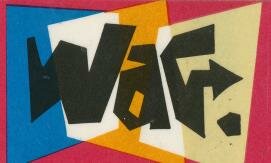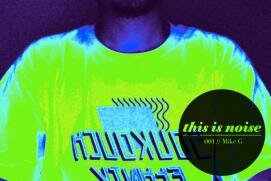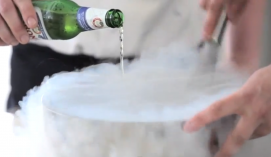- 1
- 2
- next ›
- last »
Oakland based artist Suzy Poling is currently interested in exploring material dissolution and the architecture of spaces, as well as the ways in which ecology and people act upon, and change each other. Forging this investigation with as many mediums as she can get her hands on, Suzy renders her curiosity for the recondite macrocosm into striking works that stir up their own questions.
Clementine Widdowson - de Pressigny: How did you end up making art?
Suzy Poling: I have always been interested in photography since I was little. I was always taking pictures. I was really involved with photography in High School and spent a lot of time in the dark room. I got into music later, then painting and video even later.
CMWDP: Can you talk about your inspirations, and any particular influences that inform your approach?
SP: I am really inspired by science fiction films and books. Early horror cinema and any type of suspense influenced me at a pretty young age. I am a visual artist but I also work conceptually. I draw a lot of inspiration from science, unusual textures in the earth and human responses to ecology and any understanding of the unknown or unseen. I feel like I am merely documenting and forming responses to natural phenomenon that is already occurring. My work is definitely about a call and response.
CMWDP: What role does research play in your work, or do you work more instinctually?
SP: I would say that those approaches seem to work hand in hand for me. I guess what happens is that I start researching a certain place or topic, and then evidences of those things will appear sonically or visually into my consciousness. I think when we are drawn to something, details surrounding that aesthetic or concept will just find their way into our hands or eyes. I think it has to do with listening on a deeper level, and finding the coincidences.
CMWDP: Do you set out with an idea in your head about what your next work will revolve around? For example, with the images in Natural Phenomenon did you plan to go and photograph the mineral deposits? How did it come about?
SP: I went looking for those sites. I was seeking out geological parks for years and I have always been interested in abstract painting as well as oddities in the land and alchemy. I was bound to find those earth paintings made of magma. I went looking, but discovered more than I expected of course. Now, I am fixated on seeing more volcanoes. I am dying to go to Hawaii.
CMWDP: You seem very uninhibited when it comes to using different mediums. What draws you to experiment with the various mediums and how does doing this impact on your work and the directions you take?
SP: I personally feel like all mediums are completely connected. Just like how us humans are made of the same particles as star formations. I like to find out how everything connects, so doing that with mediums should, and can, be simple and rudimentary. I feel like you can find a way to use every single medium on the same topic. It’s been a lot of work to make it through the learning curve of each medium. And I still have so much more to learn. But I cannot imagine not using most mediums. It has just taken a lot of time and patience to get the quality at equal levels. I still have a ton to learn about sculpture. I have a lot of sculptural ideas and need to figure out how to complete them. I really admire people who can work with metal.
CMWDP: Do you consciously try to expand your work through grappling with different mediums?
SP: I would say so. I have been working really hard to make my entire body of work gel together as a whole. I want all of the mediums and projects to really support one another. I identify as an artist. But sometimes, I still identify as just a photographer or just a musician. That has been really interesting to balance that out in my head.
CMWDP: A lot of your images bring to mind changes in perception, like the way things once looked versus how they have come to look through some sort of interaction with their environment - whether it occurred naturally or is something you had a hand in changing. Each image seems haunted by a previous state. Can you tell me about this – is this something that you are consciously exploring in your work?
SP: Oh I like this question. It is interesting. I would definitely say that all of my work is about the cyclical forces of nature. Whether it is about materials disintegrating or about something new being birthed out of a collapse, or from a chemical experiment. Ideas of renewal are huge for me. In some of the Wonderland of Decay photos, you can see something in a state of decay, and a new form of organic life taking over. The reclamation of nature joins with the man-made ruins and brings those materials back to the ground. And the volatile state of the those geysers from the Natural Phenomenon series completely addresses our understanding of transformation, changes on this planet, as well as changes on other planets too. Geologists say that we are learning about life on other planets by studying those geothermal features. And all of my light experiments with lenses and mirrors just continue a conversation about new spaces being birthed from something as simple as light and mirrors. That work is really elemental, yet complex. A lot of my work is also following a tradition.
CMWDP: There is a sense of mystery in your works in regards to process. The moments that you catch seem to propel your subjects into a larger narrative, which provokes wonder around development. This calls into question the interactions that may have occurred in order to get things to where they are now, or how they are now. What are your thoughts on how your own process relates to your work?
SP: You know, people do bring up that question about process in regards to artwork in general. I think it’s that need to know the ‘how’ of things, instead of the ’what’. I don't really know if I care to say if my work is or isn't about process specifically. Every single thing that we know has a process or goes through a process. I could say that my work is anti-process based processed work. I am joking a bit here, but then again, not really. In regards to other conceptual thinkers, I got a lot from the Vienna Actionists and their "Material Action Manifestos". They addressed the idea of painting and human secretion as being the same thing. Or something along those lines. I am on board with this abstract way of thinking. All material connects in some way, just as so many processes on earth can intersect. Its crazy to think how chemicals and material interact on this planet. Did you ever hear of those crystal caves that can capture CO2? We basically could be helping the pollution problem by storing our gaseous waste in these crystals. This process is amazing, yet so underused. But yes, it is completely valid to question, "what process is?” I guess we are trying to break down our human understanding of materiality and relationship to what creating actually is. As always.
CMWDP: The interplay of light and colour, or the lack thereof, is a reoccurring theme in your work. How do these phenomena inform your art?
SP: I do seem swing between stark black and white imagery and then very luscious and sensual color based imagery. Well, my recent album is called White...Black...Spectrum Infinity. I love it all. And yes, I have been starting to work with light more as a specific art form. It is really liberating and freeing.
CMWDP: Can you tell me about your use of sound?
SP: Well, I have my sound project called Pod Blotz .The name is very conceptual and is influenced by Dadaist concepts. It refers to a pod being blotted. Like an ink or paint blot. I play synths, organ, drum machines, theremin, use tape manipulation and I also sing. My audio work is another extension of the visual work. I love music so much. Experimental sounds are exciting because you can try all of these different things and end up making new sounds that you may have never heard before. Sound can become the most descriptive sculpture or landscape. People tell me that my music takes them to other worlds and environments in space. I would describe my music to be like a boat ride inside of a magical cave or a love ballad about a land haunted with machines. Music can be quite fantastical yet so stark and real at the same time.
CMWDP: How do you feel you have evolved over the course of your career so far?
SP: I have definitely evolved a lot. I feel like I can handle some large scale shows now and I am finally able to balance my different practices. I feel humbled and really stable in my mind as a creator. I am in this for life. I feel like making the work is about becoming a whole person, having every bit of your spirit involved, and remaining devoted to other people and artists, to make our dreams feel more real together.
suzypoling.com
Clementine Widdowson - de Pressigny
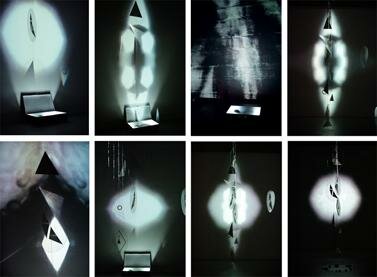
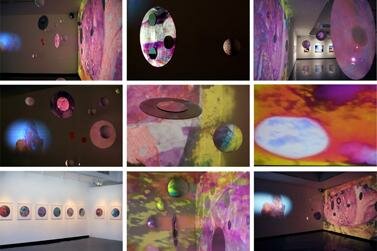
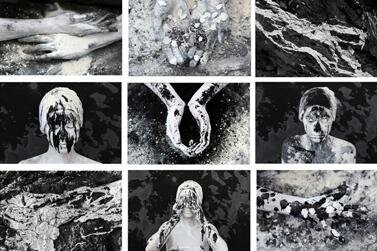
end









